Cheapest Leica cameras you can buy
These are the cheapest Leica cameras you can buy today, some might surprise you
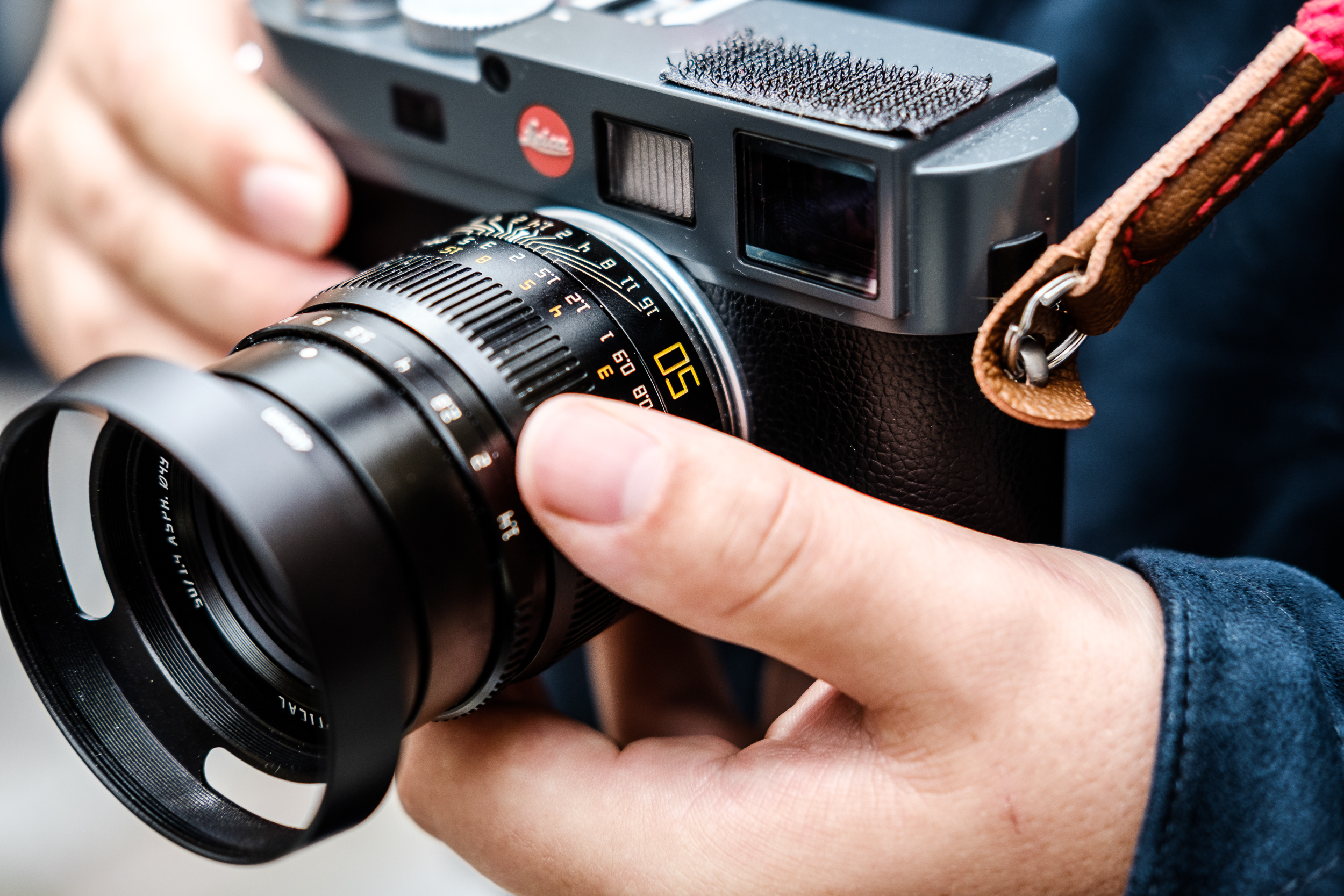
If you're in the market for a Leica camera, but don't want to spend a huge amount on a new Leica M11 rangefinder or Leica SL2 full-frame mirrorless camera, there are other options for you than buying brand new. I'm talking secondhand!
There have been plenty of Leica cameras over the years that were exceptionally capable when released, but now seem aged in comparison. However, as the owner of a fairly old Leica, I can say that it really depends on what you are after in a Leica camera. If you want to slow down and work on composition, framing, and light, then an older Leica can be an excellent fit. If you're already looking at Leica cameras, then you know that they aren't going to shoot 30 frames per second or have the highest ISO out there.
While we've got an expert guide to the best Leica cameras ever, I have also come up with a list of relatively affordable Leica cameras below. No matter how you look at it, Leica cameras are always going to be more expensive than counterparts of the same era, but what you are sacrificing with your wallet you are potentially gaining with investment. Soon, over time, even these cheap cameras could begin to up in price as they become collector's items.
Cheapest Leica cameras you can buy: our top picks
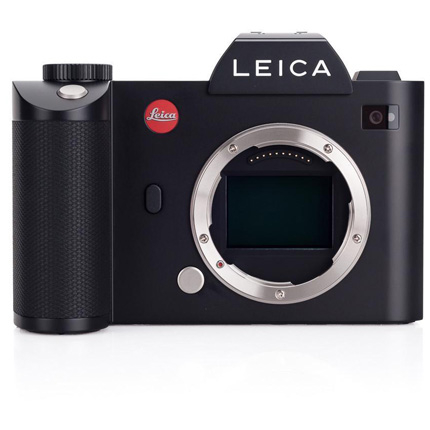
Best full-frame mirrorless camera
The Leica SL was the first full-frame mirrorless camera the German camera company brought to the market. It features a high-end 24MP full-frame sensor and an ISO range of 50-50,000, with a 529-spot point contrast-detect AF system, can shoot 11 frames per second, and is also capable of shooting 4K video with 4:2:2 10-bit output through HDMI into an external recorder, like an Atomos Ninja V.
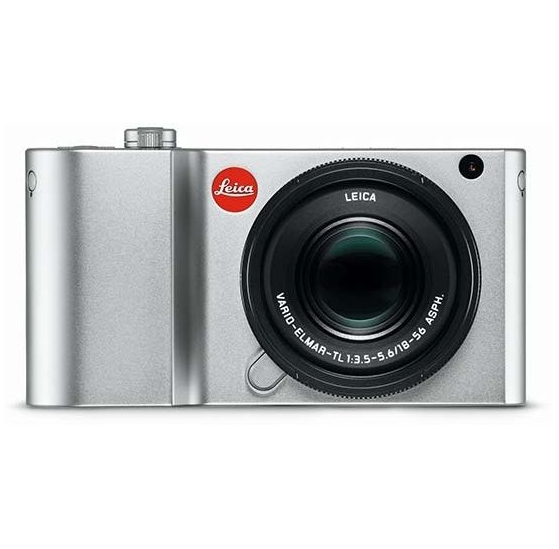
Best hybrid camera
With its slim, minimal, and sleek exterior, this Leica certainly makes a fashion statement, while the huge for its class 3.7-inch screen that occupies all of its backplates should appeal to existing smartphone users looking to trade up to a dedicated image capture device.
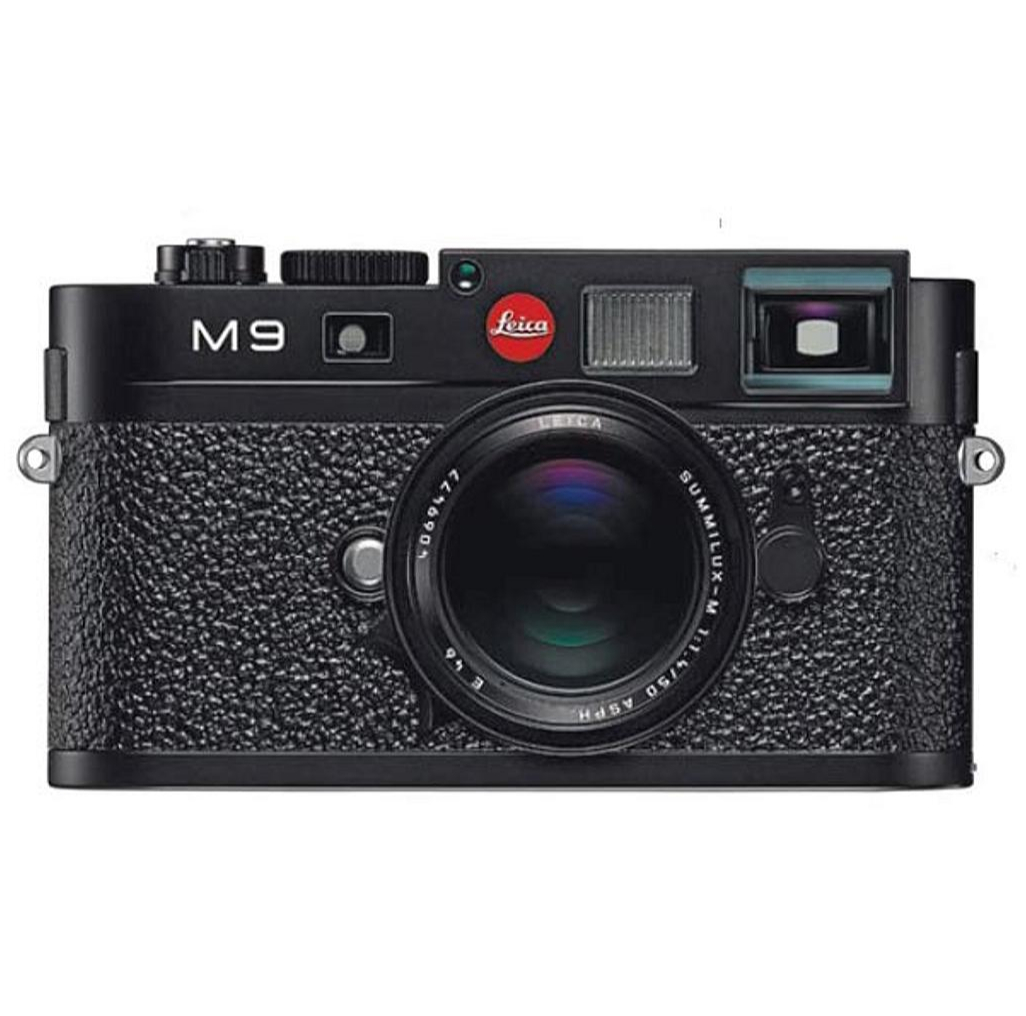
Best full-frame CCD sensor
The Leica M9 was first released in 2009 for the price of $6,999 / £5,395 as the company's first full-frame sensor in a rangefinder body. Loved for its Kodak co-developed CCD sensor that produces stunning and vivid 18MP images in either JPG or RAW DNG format, the M9/M-E was the workhorse of the photojournalist on assignment.
Cheapest Leica cameras you can buy
Why you can trust Digital Camera World
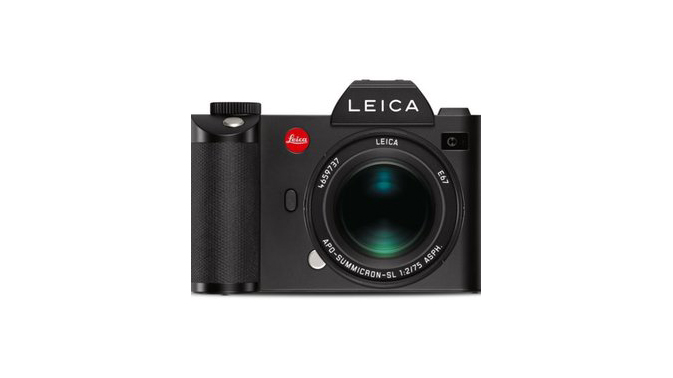
1. Leica SL
Specifications
Reasons to buy
Reasons to avoid
The Leica SL was the first full-frame mirrorless camera the German camera company brought to the market. It features a high-end 24MP full-frame sensor and an ISO range of 50-50,000, with a 529-spot point contrast-detect AF system, can shoot 11 frames per second, and is also capable of shooting 4K video with 4:2:2 10-bit output through HDMI into an external recorder, like an Atomos Ninja V.
It also features a super high-resolution EVF of 4.4 million dots and weighs 847g (body only). This camera was the start of Leica's transition to modern mirrorless technology. Back in 2017, it could set you back an eye-watering $5,995 / £5,155. Today, this outstanding camera, which is more than capable of producing outstanding images or 4K video can be found in great condition, with box and accessories for as little as $1,999 / £1,650. It's certainly one to consider!
Purchase the Leica SL on eBay US
Purchase the Leica SL on eBay UK
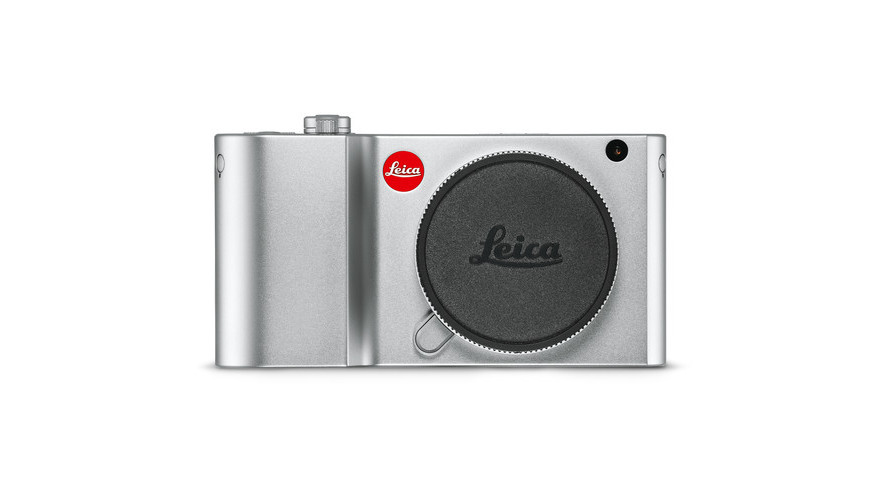
Specifications
Reasons to buy
Reasons to avoid
With its slim, minimal, and sleek exterior, this Leica certainly makes a fashion statement, while the huge for its class 3.7-inch screen that occupies all of its backplates should appeal to existing smartphone users looking to trade up to a dedicated image capture device. If we have a gripe, it’s that attaching a lens makes the camera feel a tad front-heavy, while the minimalistic design has led to some operational quirks – not least the fact that its controls take a bit of initial figuring out.
There’s no onboard image stabilization and the autofocus response isn’t particularly fast. Still, it is intended to be a serious photographic tool, thanks to its adoption of the increasingly well-supported L mount, and 49-point contrast-detection AF system – as also found in Leica’s more ‘conventional’ CL (more on that below). Added to this you get the option of 4K video and it can shoot stills up to a respectable 20fps with the aid of its electronic shutter.
Leica recently announced that it had discontinued the Leica TL series but that does not stop you from picking up a bargain online second hand, the TL2 can still be found brand new on certain retailer sites, if you don't mind spending the extra cash for a discontinued camera.
Read our full Leica TL2 review for more details
Purchase Leica TL2 on eBay US
Purchase Leica TL2 on eBay UK
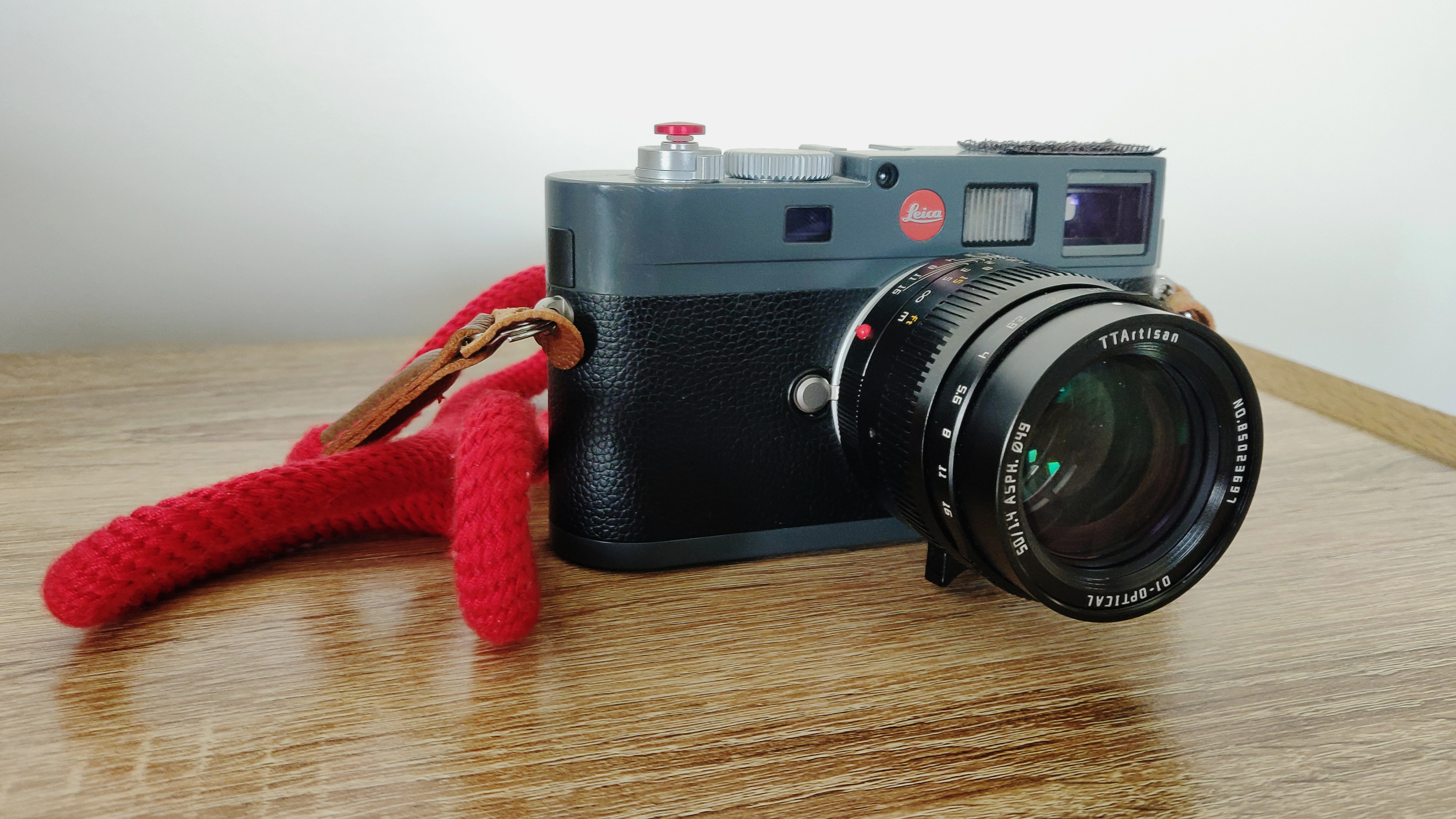
3. Leica M9 / M-E
Specifications
Reasons to buy
Reasons to avoid
The Leica M9 was first released in 2009 for the price of $6,999 / £5,395 as the company's first full-frame sensor in a rangefinder body. Loved for its Kodak co-developed CCD sensor that produces stunning and vivid 18MP images in either JPG or RAW DNG format, the M9/M-E was the workhorse of the photojournalist on assignment.
Today, the M9 still holds out to be an outstanding camera that produces excellent images in color or wonderfully Black and White JPG's with high contrast. However, the M9's ISO range only extends to 160 - 2,500 ISO, and realistically from ISO 800 you're going to get high digital noise in your color images. Overall, the M9 is still producing amazing images today, and a model in decent condition will set you back around $2,200 / £1,970.
Purchase Leica M9 on eBay US
Purchase Leica M9 on eBay UK
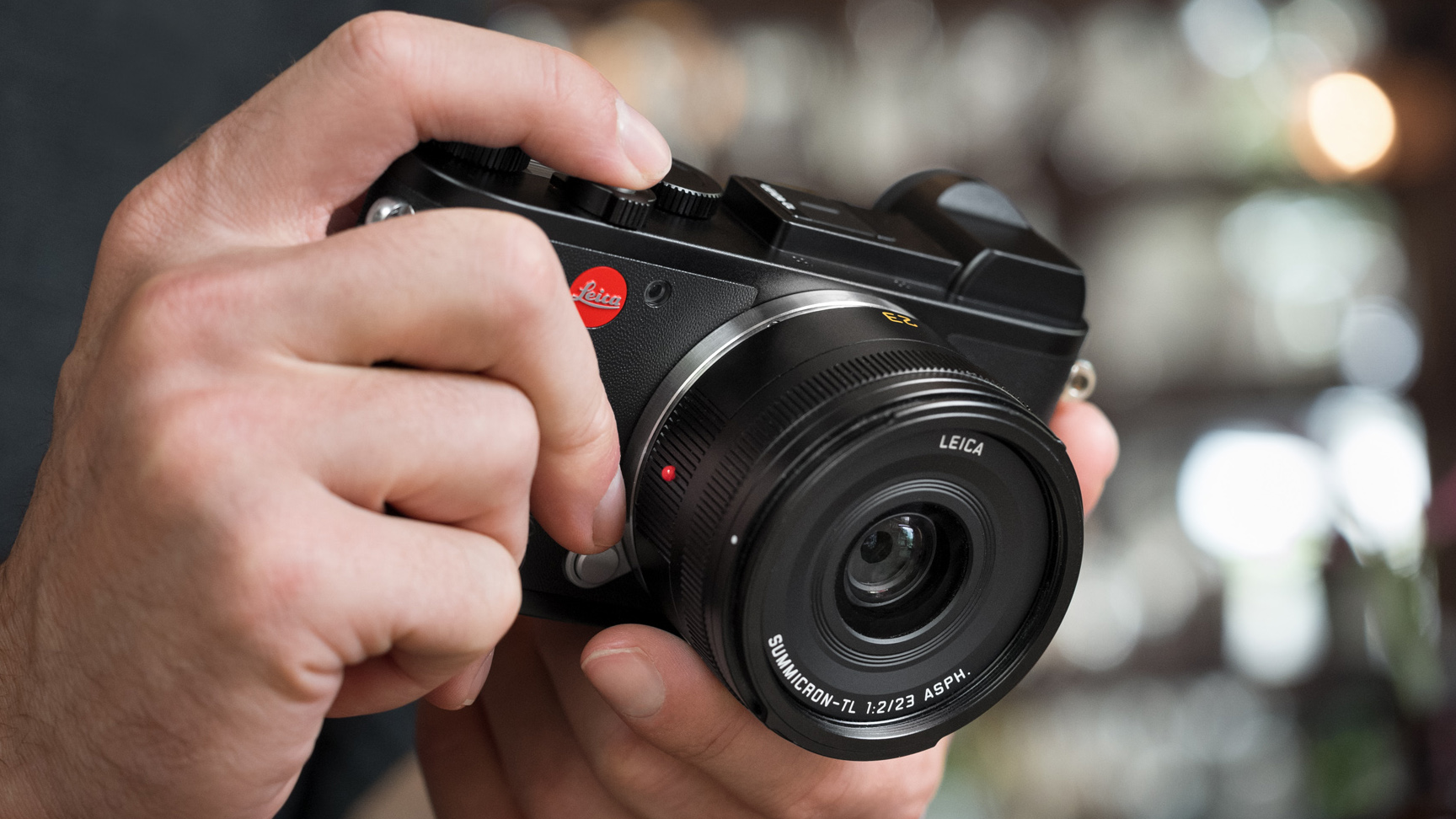
Specifications
Reasons to buy
Reasons to avoid
Pairing a 24.2MP APS-C sensor with the L lens mount, which Panasonic has also adopted for its full-frame Lumix S system, the Leica CL is a comprehensive and capable camera at a price that's on Leica's lower end. With 4K video, 10fps burst shooting, and built-in Wi-Fi, it's got all the features that modern photographers expect, with the top plate dials that give the handling that Leica feel. A 3-inch touch-sensitive LCD and eye-level viewfinder provide the users with plentiful composition options, and that hand-crafted premium Leica feel really can't be beaten. Some may bemoan the fact that the screen is a fixed model, rather than tilting or vari-angle, but otherwise, there's plenty to love here if you can meet the price.
The Leica CL also had the same fate as the TL series, with Leica announcing its discontinuation of the camera however, second hand the can be hand for as little as $1,700 / £1,400 - the CL can still be bought brand new through some retailers, but I would recommend saving the money and going down the used market.
Read our full Leica CL review for more details
Purchase Leica CL on eBay US
Purchase Leica CL on eBay UK
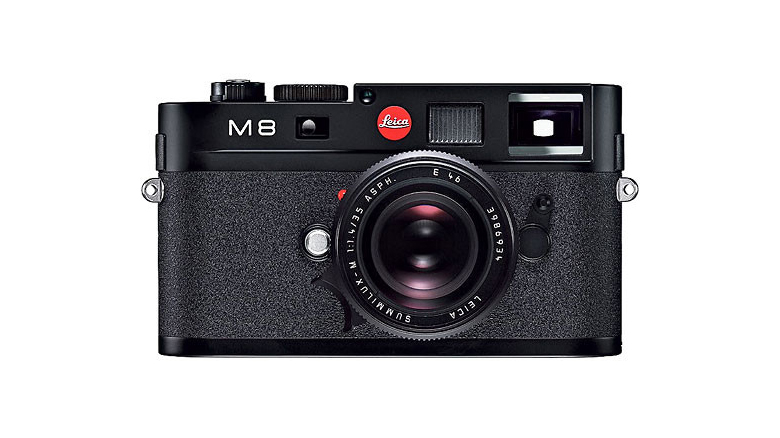
5. Leica M8
Specifications
Reasons to buy
Reasons to avoid
I fully understand is some are scratching their heads at this point thinking I have gone mad, but the Leica M8 still holds its own in many areas. Like any first-generation product, the M8 has a few quirks that you need to work with to be able to enjoy this camera to the fullest.
As it was the first ever digital sensor camera from Leica, the company opted for a CCD APS-H sensor developed by Kodak which resulted in 10.3 megapixels – not a lot by today's standards. Due to this sensor, the M8 was also thicker than the most advanced film camera of the time, the Leica M7, by 14%.
It is stated that the ISO range is 160 - 2,500, and while it can get there, you would never want to use it above 800 ISO. I have heard many shooting the M8 at its base ISO of 160 all the time, while others shoot around 400-800 with varying results - only you can judge what is acceptable to your own standards. But if you are wanting the Leica experience, that's so close to shooting a Leica film camera, but does not come with the cost of shooting expensive film, I would say this is the very closest you are going to get.
The M8 does, however, offer a unique feature with a 1/8000 shutter speed, which apart from the brand new Leica M11 - no other Leica camera offers. If you can live with a unique filter shooting style, the thickness, and its ISO limitation, which many do, then owning a piece of Leica history really is a rare thing. The M8 on launch in 2006 cost over $5,000 / £5,000, today you can pick up and use your own piece of history like an endless roll of digital film for just $1,000 / £1,200.
Purchase Leica M8 on eBay US
Purchase Leica M8 on eBay UK
Once you've bagged yourself an excellent Leica camera, you might also want to look at the best Leica M lenses. Discover our reviews of the Leica M11 and Leica M-A too – great models that didn't make this list.
Get the Digital Camera World Newsletter
The best camera deals, reviews, product advice, and unmissable photography news, direct to your inbox!

For nearly two decades Sebastian's work has been published internationally. Originally specializing in Equestrianism, his visuals have been used by the leading names in the equestrian industry such as The Fédération Equestre Internationale (FEI), The Jockey Club, Horse & Hound, and many more for various advertising campaigns, books, and pre/post-event highlights.
He is a Fellow of the Royal Society of Arts, holds a Foundation Degree in Equitation Science, and holds a Master of Arts in Publishing. He is a member of Nikon NPS and has been a Nikon user since his film days using a Nikon F5. He saw the digital transition with Nikon's D series cameras and is still, to this day, the youngest member to be elected into BEWA, the British Equestrian Writers' Association.
He is familiar with and shows great interest in 35mm, medium, and large-format photography, using products by Leica, Phase One, Hasselblad, Alpa, and Sinar. Sebastian has also used many cinema cameras from Sony, RED, ARRI, and everything in between. He now spends his spare time using his trusted Leica M-E or Leica M2, shooting Street/Documentary photography as he sees it, usually in Black and White.
